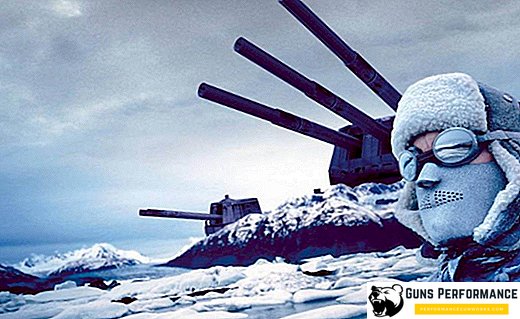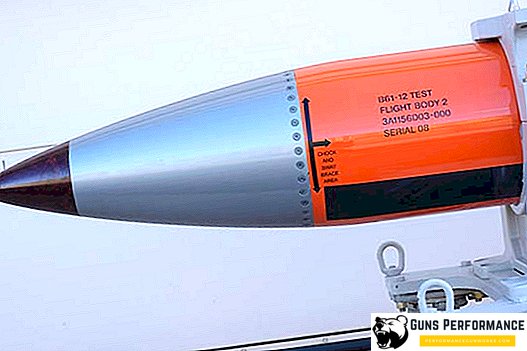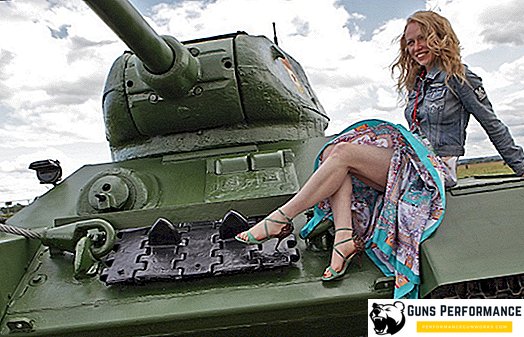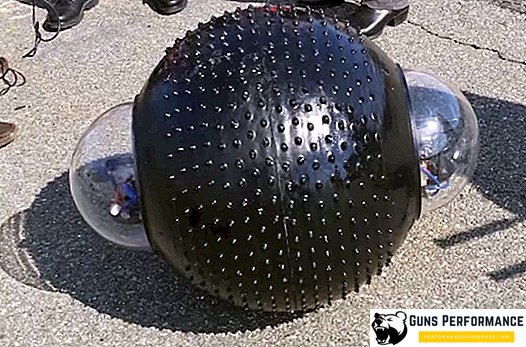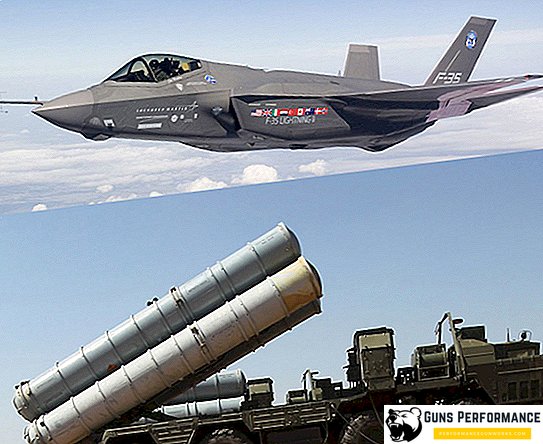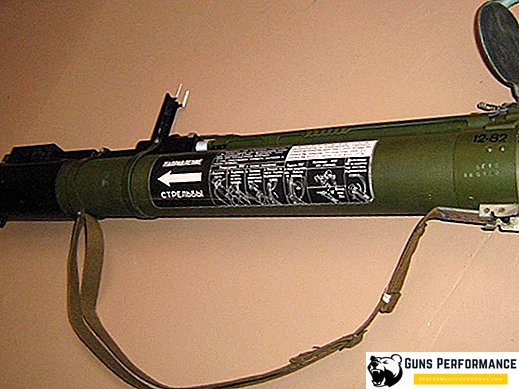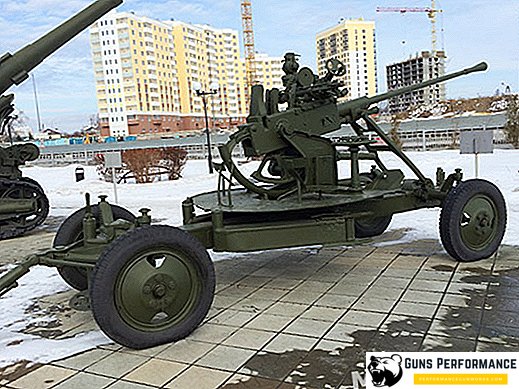
The Soviet 37 mm anti-aircraft cannon 61-K of 1939 type is one of the main means of fighting the country's air defense system during the Great Patriotic War. The gun is designed to combat low-flying single aerial targets of all types. In fact, the gun was often used by Soviet units as an effective anti-tank weapon in the most threatening tank-dangerous areas.
History of creation and mass production
The gun was created by decision of the Chief Artillery Directorate of a team of designers under the leadership of M.N. Loginov. At the base of the design, Soviet engineers used the technical base of the Swedish 40-mm anti-aircraft gun from the Bofors company. The main design and assembly work was carried out at the plant. Kalinin. The first prototype was ready by October 1938, after which the gun was sent to military trials.

In 1939, the new Soviet anti-aircraft gun was put into service, having received the official designation - the 37-mm anti-aircraft automatic gun of the 1939 model and the GAU index - 52-P-167. A new automatic anti-aircraft gun was supposed to form the basis of the air defense of army units and subunits of the Red Army.
In the same year, the mass production of the new Soviet anti-aircraft guns began. The main production base was the plant. Kalinin. Later on, during the years of the Great Patriotic War, the serial production of the 37 mm anti-aircraft gun was transferred to Plant No. 4 named after. Voroshilov, where he continued until 1945. A total of 22,600 guns in various modifications were rolled off the factory conveyors.
Tactical and technical characteristics of the 37-mm anti-aircraft automatic cannon model 1939
- Calculation - 7 people.
- Combat weight - 2.1 tons.
- Unitary loading.
- The initial velocity of the fragmentation projectile is 880 m / s.
- Rate of fire - 160-180 shots / min.
- The affected area: at an altitude of 6.5 km., In range - 8.5 km.
- The angle of vertical guidance: from -5 to +85 degrees, the angle of horizontal guidance - 360 degrees.
- The main types of ammunition: anti-aircraft fragmentation, armor-piercing, sub-caliber projectiles.
- The weight of the fragmentation projectile - 1.4 kg.
- Transfer time from traveling to combat: 25-30 sec.
- Mode of transportation: transported by trucks.
The Soviet 37-mm anti-aircraft cannon of 1939 with honor went through the whole war, ending its participation with firing salutes in the defeated capital of the Third Reich. In the postwar years, the Soviet Union supplied this artillery system to armies of friendly political regimes. Zenitka took an active part in many armed conflicts of the second half of the 20th century.
A photo



